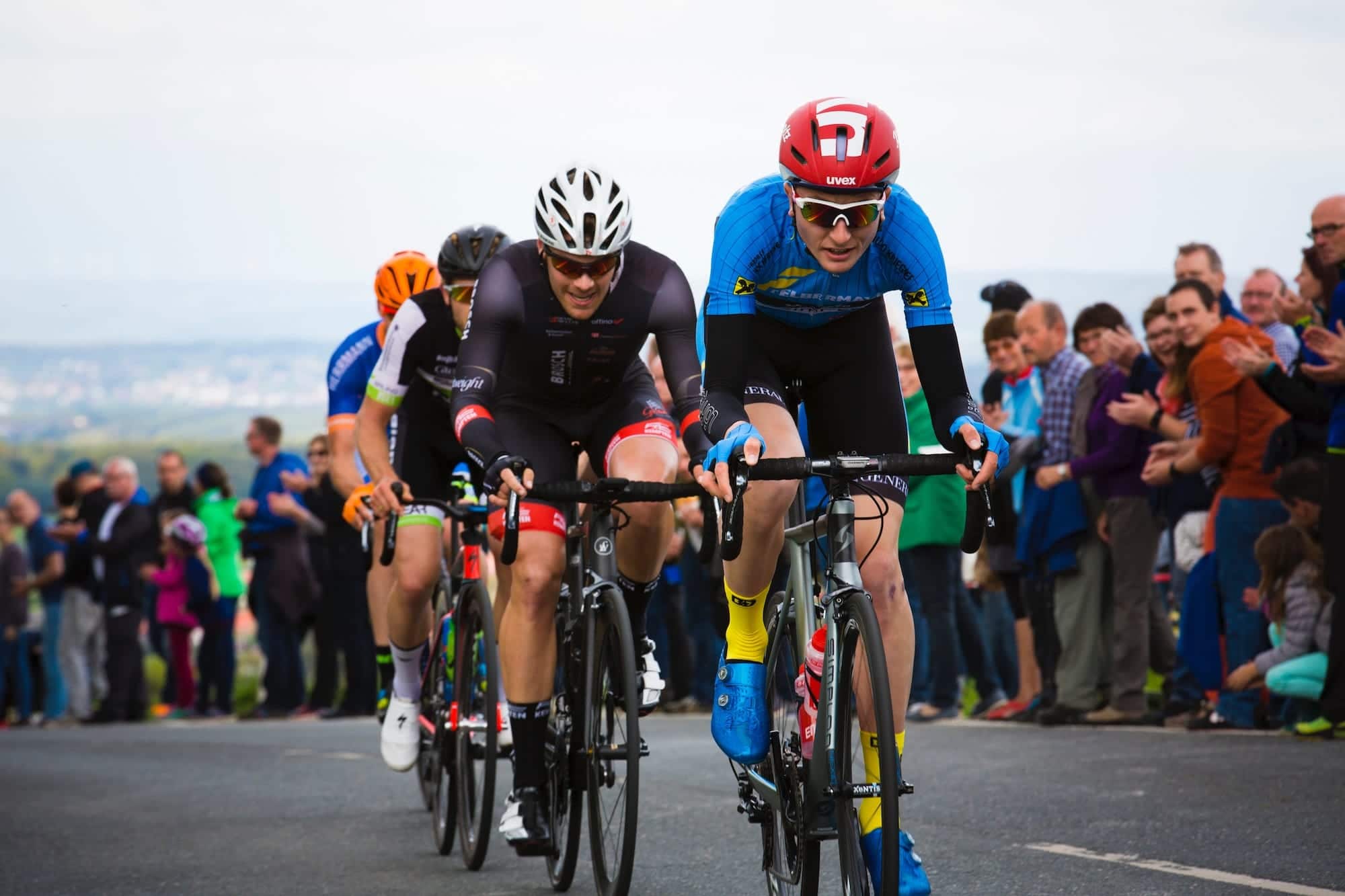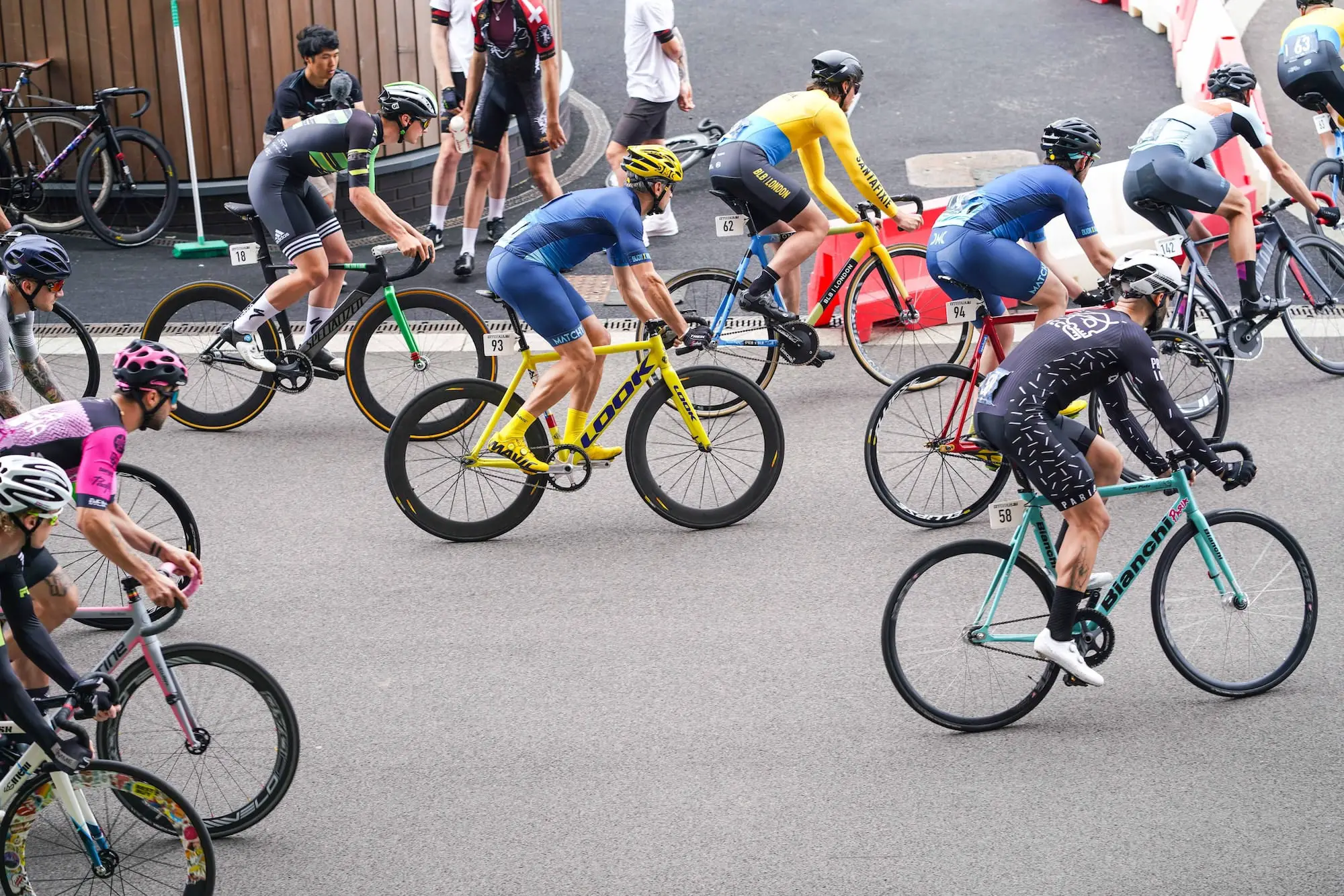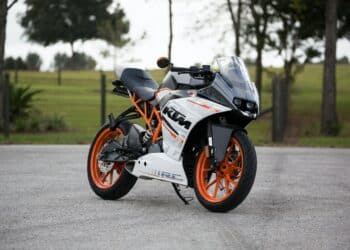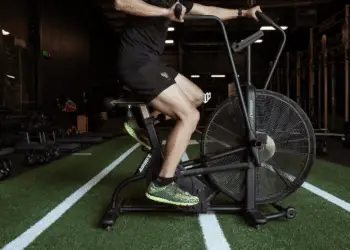Joining a bike race is the milestone you take once you commit yourself to cycling. Your first bike race is just as important as your current one, because every race is an opportunity to improve yourself as a cyclist. Sure, it is hard to maintain a routine of back-to-back training and competing, but the adrenaline rush and fulfillment you feel when bike racing make up for it.
Why is it important to pay attention to how you train? When cycling, you use your whole body – your upper body, core muscles, and legs. Executing your training regimen wrongly may result in strained muscles so we’ve prepared some training tips and strategies to help you improve your time and efficiency.
The Body
While the bike takes you to the extra mile, it is your body that pedals it forward. Because of this, your body must be the primary focus during training. What weaknesses should you work on? How do you push yourself to reasonable limits? How do you maintain your skills?
Many athletes consult coaches (and even their peers) to improve their training regimen, but it is also important to understand yourself first. If you are aware of your strengths and limitations, that’s already a good place to start.
If you’re still feeling unsure, here are a couple of things that every athlete or cyclist considers for their bike racing training regimen:
Endurance
Your cardiovascular system, composed of the heart, lungs, and blood vessels, is responsible for delivering oxygen to tissues all over your body. Having high cardiovascular endurance means your cardiovascular system is doing its job well, so you can ride longer distances. Endurance training improves your stamina, which is vital for bike racing.
You can achieve this by doing some pace training, circuit training, or interval training.
Power
Power is the energy created by movement or athletic motion. Bike races often span long distances, so power exercises might not seem a priority over endurance training at first glance, but cyclists function through high power outputs! In fact, participants of the Tour de France yield around 500 watts for hours and can even accelerate at 1500 watts. You may ask a gym coach to guide you through explosive training routines to maximize your power output.
Some power exercises you can do at home are squats – bodyweight squats, squat jumps, and isometric squats – pushups, lunges, and planks. The key to rendering these exercises effective is to perform them in quick progressions, driving your muscles to exert more in shorter bursts of power.
Flexibility
Stretching is a must before starting a workout, as it makes muscles more supple and reduces injury during intensive physical activity. When you stretch, you train your joints to move through their full ranges of motion and your muscles to lengthen. However, be wary of developing too much flexibility because it may decrease your muscles’ ability to store and release energy; in other words, it may reduce power.
Food. When you are serious about your athletic performance when bike racing, you may want to visit a nutritionist for in-depth advice on the proper diet. You need to balance the amounts of protein, calories, and nutrients to avoid under- or overfeeding yourself during training. There are also certain requirements for pre- and post-exercise meals that your nutritionist may discuss with you.
Rest. The human body likes to be active, but it also needs its fair share of rest and recovery. Overtraining will do more bad than good, so watch out for persistent muscle soreness, increased resting heart rate, negative mood, and even insomnia.

The Gear
The correct fit. We constantly emphasize how important the fit of your bike is. As a cyclist, your bike is like an extension of your body. If it doesn’t fit, your neck, back, or knees will be sore or get injured. On a lighter note, the right fit will improve your movement on the bike, leading to more efficient pedaling, good aerodynamics, and increased speed.
Clothes and accessories. Bike racing require cyclists to be in proper attire, so while training, it is best to wear appropriate clothing as well. Check the fit and style of your shoes (cleats provide additional attachment to the pedal) and helmet to avoid distractions during the bike ride.
Bike-handling skills. These include emergency braking, riding one-handed, riding in a straight line, going slow, turning on corners smoothly, and descending steadily. But good bike handling goes beyond the way you control your bike – it also includes awareness of road conditions and traffic.
The Community
Seasoned cyclists have a deep sense of community. One of the most effective ways to improve your riding is to ride in a group. Here you can receive input on your technique and bike handling and even collaborate with peers. You can take a bike safety course or join a club and meet new cyclists.
Even during the off-season, you should keep exercising even if the intensity of your workout is toned down a bit. Your physical fitness and bike racing skills should be nurtured religiously. Don’t forget to make an appointment with your nutritionist and gym or cycling coach, if you can, but above all, have fun!









